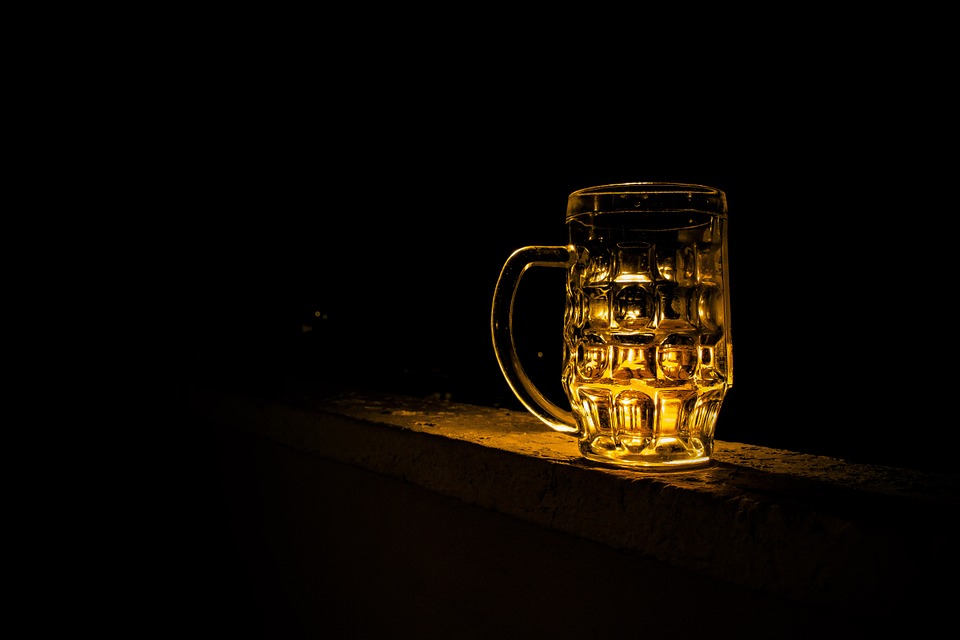
Alcohol, marijuana, and ecstasy each have very different sexual effects, from attraction and desire to sensitivity to sexual dysfunction, finds a study by the Center for Drug Use and HIV/HCV Research (CDUHR) at NYU Meyers College of Nursing.
The findings, published in the journal Psychology and Sexuality, suggest that different substances are therefore associated with different sexual risks for users.
Alcohol, marijuana, and ecstasy (also known as MDMA, or Molly when in powder form) are among the most prevalent substances used by young adults. While there has been extensive research on substance use as a factor that leads to risky sexual behavior, few studies have focused on specific sexual effects of different substances.
In this study, the researchers surveyed 679 young adults (ages 18 to 25) entering electronic dance music (EDM) parties at nightclubs and dance festivals in New York City to examine and compare self-reported sexual effects associated with use of alcohol, marijuana, and ecstasy. The researchers compared self-reported sexual effects of these substances. Of those surveyed, nearly four out of ten (39 percent) reported having used all three.
The researchers found that compared to marijuana, alcohol and ecstasy were more strongly associated with certain heightened perceived sexual effects, including attraction, sexual desire, and social outgoingness (which can facilitate meeting partners).
Increased attraction - both feeling more attractive and attraction to others - was most commonly associated with consuming alcohol, followed by ecstasy. More than six out of ten participants reported feeling more attractive on alcohol (67 percent) or ecstasy (61 percent), but only a quarter (25 percent) felt more attractive on marijuana. Similarly, most participants reported that alcohol (72 percent) or ecstasy (64 percent) led them to be more attracted to others, while marijuana only increased attraction in others in about a quarter (27 percent) of respondents.
Increased social outgoingness - defined as outgoingness making users more likely to meet a partner - was reported by the majority of people who drank alcohol (77 percent) or used ecstasy (72 percent), yet only a quarter (26 percent) of users reported an increase on marijuana. In fact, over a third (36 percent) reported that marijuana decreased their sociability.
"These results align with previous research on the social effects of alcohol use, which link alcohol use to increased feelings of self-acceptance and decreased feelings of social anxiety in social situations," said CDUHR researcher Joseph Palamar, PhD, MPH, the study's lead author and an associate professor of population health at NYU Langone Health.
Ecstasy - also known as the "love drug" - was more associated with heightened sexual intensity, length of sexual interaction, and orgasm intensity compared to alcohol and marijuana. This finding was expected by the researchers; however, they warn that Molly is commonly adulterated with drugs such as "bath salts" so it is unknown how many of these users actually used MDMA.
Among males, sexual dysfunction was most common while using alcohol or ecstasy, yet females were more likely to report sexual dysfunction after using marijuana.
"While alcohol and ecstasy can increase sexual desire, these drugs can actually hinder sexual performance of males," said Palamar. "Alcohol can numb the body, which can delay or prevent orgasm, and impotence is common while high on ecstasy, despite the drug increasing body sensitivity."
Women reported mixed sexual effects when using marijuana. Marybec Griffin-Tomas, a doctoral candidate at NYU College of Global Health and coauthor of the paper, said, "While females may feel more sensitive to sexual contact while high on marijuana, they are more likely than males to report sexual dysfunction resulting from use."
Post-sex regret was most common after alcohol (reported by 31 percent) compared to ecstasy (13 percent) and marijuana (7 percent). Palamar - who was not surprised by this finding - explained, "Alcohol is more commonly associated with regretful behavior such as 'one-night stands.'"
The authors warn that more research is needed as this study had various limitations. For example, recall can be limited, and other important factors such as experience with a drug, amount used, when a drug was used in relation to encounters, and co-use of other drugs was not considered.
Given the different sexual effects of the substances, the researchers state that their findings can inform prevention and harm reduction efforts that take into consideration the motivations and variations in risk among those who use such substances.
"This study focused heavily on the influence of drugs on sexual pleasure. From a public health standpoint, we must consider the role of pleasure in an individual's decision making. Most sexual education and drug use programs do not address pleasure as a reason for having sex - including condomless sex - or using drugs," said Griffin-Tomas.
